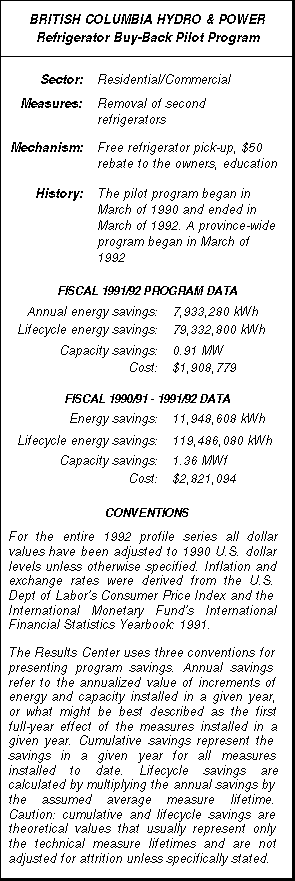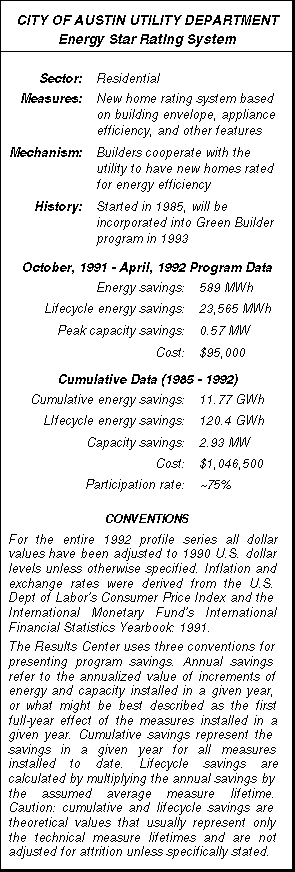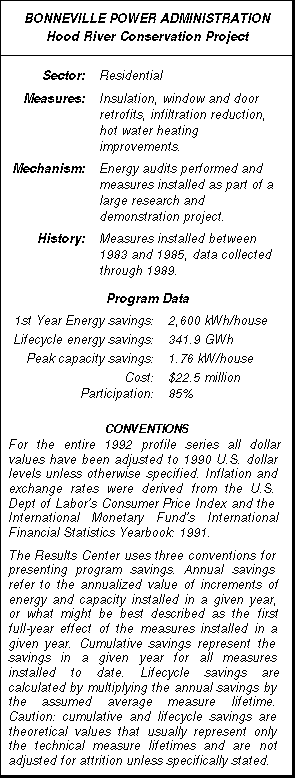EXECUTIVE SUMMARY
 The California Energy Coalition (referred to as CEC and "the Coalition") is a unique organization that was established by a third party to coordinate the energy use of large commercial and industrial customers and to broker this service to Southern California Edison and other utilities. The CEC was created by and for large commercial and industrial energy users who want to act responsibly to shed load at times of utility capacity constraints through sophisticated management of their facilities. By coordinating their efforts, these users can respond collectively with a high degree of individual flexibility and reliability. Sometimes one member will compensate for another's inability to meet load reduction targets when called by the utility. At other times the same member may not be able to meet the "firm service level" ascribed in the "load reduction game plan."
The California Energy Coalition (referred to as CEC and "the Coalition") is a unique organization that was established by a third party to coordinate the energy use of large commercial and industrial customers and to broker this service to Southern California Edison and other utilities. The CEC was created by and for large commercial and industrial energy users who want to act responsibly to shed load at times of utility capacity constraints through sophisticated management of their facilities. By coordinating their efforts, these users can respond collectively with a high degree of individual flexibility and reliability. Sometimes one member will compensate for another's inability to meet load reduction targets when called by the utility. At other times the same member may not be able to meet the "firm service level" ascribed in the "load reduction game plan."
The California Energy Coalition has created a process whereby large users can fulfill the dual goals of enhancing their own bottom line through wise energy management while serving as responsible corporate citizens. The CEC's charter was to provide load management services and "outreach" services for its members. The latter has evolved into a major emphasis on energy efficiency; in fact a large fraction of the CEC's revenue comes from energy efficiency initiatives. The CEC has effectively brought major energy users "on board" with profitable load management and then has provided services for members to further enhance their "total energy efficiency management"; a blend of "fuel-neutral" energy efficiency measures and heightened operational awareness and control.
Because all incentive payments are the direct result of measured data, this profile has a high degree of accuracy for savings and costs. The energy efficiency savings that result as members join in the broader energy cooperative process are approximated and thus can only be presented as qualitative information. For 1991, the Coalition provided Southern California Edison with 14 MW of summer peak capacity at a total cost to SCE of $365,000. The CEC has also developed energy cooperatives for PG&E, Long Island Lighting Company, Boston Edison, and now for Commonwealth Edison. Each of these cooperatives has evolved differently, providing fertile ground for comparisons.
The most important lesson learned from energy cooperatives is that a third party broker, such as the CEC, can effectively motivate its members to continually refine their energy management and capture greater and greater efficiency over time. The CEC has provided an effective, low-cost means for major energy users to profit from load management and energy efficiency.
[CLICK HERE TO DOWNLOAD THE ENTIRE 19 PAGE PROFILE IN PDF FILE FORMAT]
This profile was produced by

 British Columbia Hydro's Power Smart Refrigerator Buy-Back Program provides utility customers with an environmentally-sound means of disposing of "second" refrigerators, alleviating restricted landfill capacity, the uncontrolled release of chlorofluorcarbons into the atmosphere, and inefficient electricity use. Each year in British Columbia over 30,000 refrigerators are landfilled, and their CFCs, embedded in refrigerants and in the insulation of the refrigerators, are released harming the ozone layer.
British Columbia Hydro's Power Smart Refrigerator Buy-Back Program provides utility customers with an environmentally-sound means of disposing of "second" refrigerators, alleviating restricted landfill capacity, the uncontrolled release of chlorofluorcarbons into the atmosphere, and inefficient electricity use. Each year in British Columbia over 30,000 refrigerators are landfilled, and their CFCs, embedded in refrigerants and in the insulation of the refrigerators, are released harming the ozone layer. The Austin Energy Star program is a home energy rating system that has been implemented by the Environmental and Conservation Services Department in the City of Austin Electric Utility service area since the 1984-85 fiscal year. The program was one of many DSM programs conceived in response to a mandate by the Austin City Council that alternatives to purely supply-side options be developed.
The Austin Energy Star program is a home energy rating system that has been implemented by the Environmental and Conservation Services Department in the City of Austin Electric Utility service area since the 1984-85 fiscal year. The program was one of many DSM programs conceived in response to a mandate by the Austin City Council that alternatives to purely supply-side options be developed. The Hood River Conservation Project was an unprecedented direct installation weatherization project implemented between 1983 and 1985 in Hood River and Wasco Counties, Oregon. The Project was conceived by the Natural Resources Defense Council, which enlisted the cooperation of Pacific Power & Light Company, Bonneville Power Administration, the Hood River Electric Cooperative, the Northwest Power Planning Council, the Northwest Public Power Association, and the Pacific Northwest Utilities Conference Committee. All of these groups participated in a Regional Advisory Group, providing input and reaching consensus on decisions regarding project planning, implementation, and follow-up research.
The Hood River Conservation Project was an unprecedented direct installation weatherization project implemented between 1983 and 1985 in Hood River and Wasco Counties, Oregon. The Project was conceived by the Natural Resources Defense Council, which enlisted the cooperation of Pacific Power & Light Company, Bonneville Power Administration, the Hood River Electric Cooperative, the Northwest Power Planning Council, the Northwest Public Power Association, and the Pacific Northwest Utilities Conference Committee. All of these groups participated in a Regional Advisory Group, providing input and reaching consensus on decisions regarding project planning, implementation, and follow-up research.